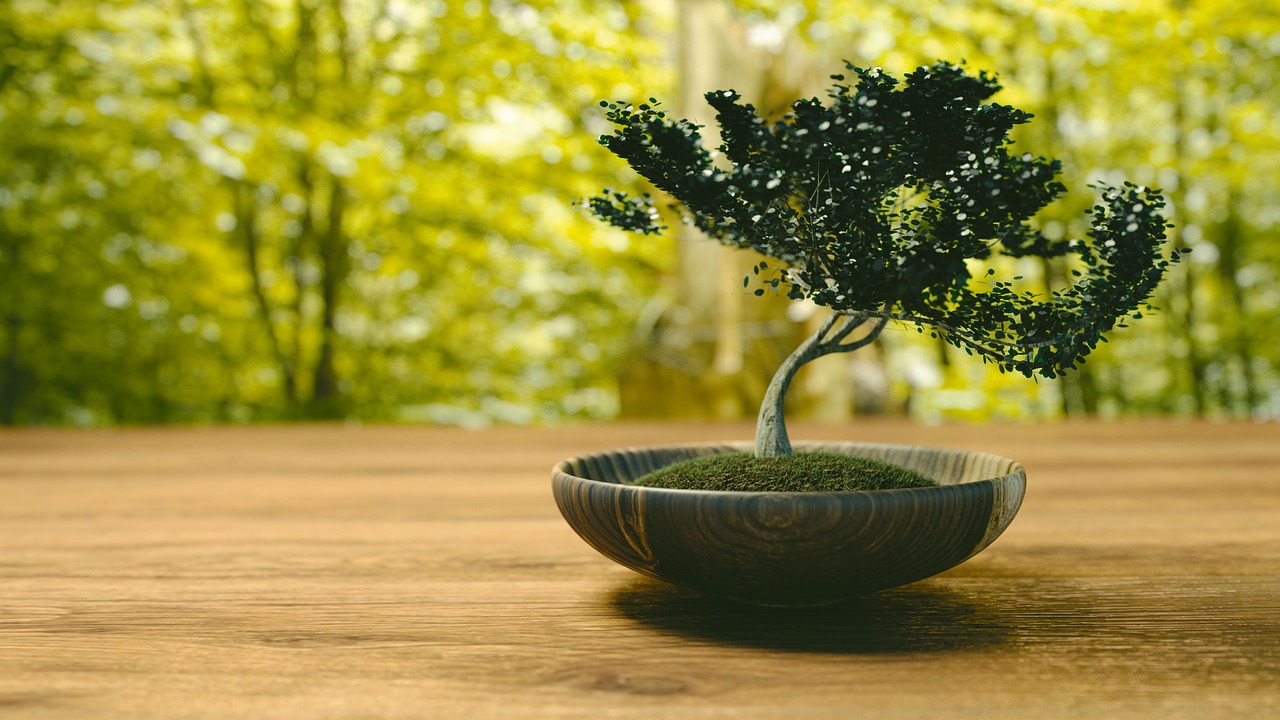Bonsai – Beautiful Miniature Art

Bonsai is the art of aesthetic miniature trees by growing them in containers. The Japanese term bonsai literally means “planted in a container.” This way, it can be created almost any type of tree or shrub.

These are plants that are stunted, but have kept their shape. Some tree species are better suited for growing as bonsai because of their natural characteristics to have small needles or leaves. The purpose of growing bonsai is to strike a balance between man and nature. Bonsai growers foster their creativity every year through their trees, again experiencing the rhythms of nature and the seasons. Growing bonsai requires a lot of patience and attention, as a reward for your effort you’ll get inner peace.

Shaping and cutting of trees is achieved by several basic but precise techniques. The miniature form of the tree and the leaves is maintained by uniformly trimming the leaves and roots. Different methods can be applied for each type of tree because every tree grows differently, moreover some pruning must be done seasonally as most trees have a period of standby time when they do not grow roots and leaves. Improper pruning can weaken or destroy the tree.

Trees suitable for bonsai are shaped with wire. Copper or aluminum wire is wrapped around the branches and the trunks holding them in place until they themselves became rigid enough to be safe to remove the wire. Some species do not stiffen a lot or are already too rigid to be configured that way. In that case, shaping is done mainly by trimming.

There are different styles of bonsai, some more common than others. These are formal upright, curved, informal upright, cascade, semi-cascade, raft, literati, and group / forest style.

 You can use many different types of trees for bonsai such as boxwood, hornbeam, beech and pine. With the help of special techniques of pruning of the crown and roots and stored in small pots, these plants are held miniature in the development easily.
You can use many different types of trees for bonsai such as boxwood, hornbeam, beech and pine. With the help of special techniques of pruning of the crown and roots and stored in small pots, these plants are held miniature in the development easily.


